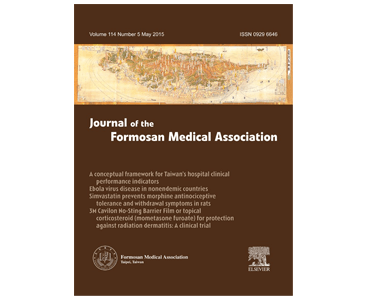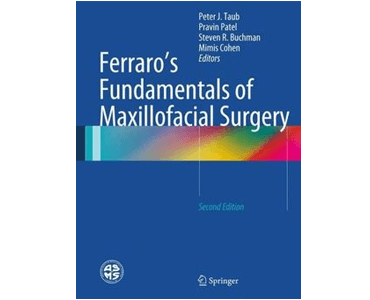Nasal changes after orthognathic surgery for patients with prognathism and Class III malocclusion: Analysis using three-dimensional photogrammetry. S Worasakwutiphong; YF Chuang; HW Chang; HH Lin; PJ Lin; LJ Lo.
Date: December 2014. Source: Journal of the Formosan Medical Association. Background/Purpose. Orthognathic surgery alters the position of maxilla and mandible, and consequently changes the nasal shape. The nasal change remains a concern to Asian patients. The aim of this study was to measure the nasal changes using a novel three-dimensional photographic imaging method. Methods. A…






